Cyber Threat Hunting for Ransomware Defense
Understanding the Importance of Proactive Ransomware Defense
The recent surge in ransomware attacks poses a critical challenge for all sectors, impacting operational resilience and financial stability. Proactive defense against these threats is not just an option; it is imperative for the survival of businesses. At Alvaka, we recognize the importance of staying a step ahead. We integrate advanced network services, including threat hunting, into our cybersecurity offerings, ensuring that your business is equipped with robust IT management and defense strategies. Proactive measures such as threat hunting allow us to identify potential vulnerabilities before they can be exploited, providing an invaluable layer of protection against ransomware.
The Role of Threat Hunting in Ransomware Detection and Prevention
Threat hunting for ransomware detection is an active cybersecurity approach where we seek to identify and mitigate threats before they manifest into full-scale attacks. It is a forward-thinking strategy that plays a crucial role in our defenses, actively seeking out the subtle traces that malicious actors leave behind. Our team employs cutting-edge tools and techniques, including behavioral analytics and machine learning, to delve deeper into network activities and root out hidden threats that standard security measures might overlook. Through vigilant threat hunting, we enhance your cybersecurity posture and reinforce your defenses against the insidious nature of ransomware.
Starting with the Basics: Identifying Indicators of Compromise (IoCs)
At the core of threat hunting for ransomware detection lies the utilization of Indicators of Compromise (IoCs). These forensic markers signal potentially malicious activity that, when identified promptly, can avert the detonation of ransomware within your networks. We dissect and analyze patterns to spot abnormal behavior and signs of unauthorized access that highlight the possible presence of ransomware. Recognizing the hallmarks of an infiltrated system is pivotal, and it is why our teams dedicate themselves to continuous vigilance, implementing comprehensive analyses to uncover and disrupt sophisticated cyber threats. By fusing our expertise with a relentless pursuit of security excellence, we create a protective sphere around your data and assets.
Proactive Measures for Ransomware Defense Through Threat Hunting
At Alvaka, we understand the critical nature of defending against ransomware threats. Consequently, we’ve embraced the practice of threat hunting for ransomware detection as a fundamental component of our cybersecurity services. Proactive threat hunting is instrumental in unveiling vulnerabilities and averting potential attacks that could otherwise compromise the integrity and continuity of business operations.
Employing Advanced Techniques for Ransomware Threat Hunting
In our quest to safeguard client networks, we leverage sophisticated analytical tools and strategies. These enable us to detect anomalous behaviors and patterns indicative of a ransomware threat well before they can escalate into a security incident. By deploying machine learning algorithms, we not only streamline the threat detection process but substantially increase its accuracy, ensuring that our clients’ networks remain resilient against sophisticated ransomware tactics.
Identifying Indicators of Compromise (IoCs) in Ransomware Threat Hunting
Essential to our threat hunting for ransomware detection process is the identification of IoCs. These digital traces signal potential security incidents, guiding our experts in unraveling the tactics, techniques, and procedures used by cyber adversaries. Through meticulous analysis and continuous monitoring, we ensure the early detection of risks, fortifying our clients’ defenses against the evolving ransomware landscape.
- Network traffic deviations signaling communication with command-and-control servers
- Unexpected changes in file extensions or mass file encryption
- Anomalies in user behavior patterns indicating compromised credentials
- Registry modifications or unauthorized changes to system configurations
With these IoCs, we maintain a state of heightened vigilance, ensuring that our clients are always one step ahead of malicious actors. Furthermore, we conduct routine system sweeps and analyze historical data to uncover latent threats that may have bypassed initial security perimeters.
Did you know that Indicators of Compromise (IoCs) are clues that signal potential ransomware activity? Identifying IoCs early through threat hunting can help prevent costly security breaches.
Strengthening Your Cybersecurity Posture with Threat Hunting for Ransomware Detection
In the dynamic landscape of cyber threats, the protection and resilience of your business’s digital assets are paramount. Our comprehensive approach to safeguarding your systems is anchored in proactive cybersecurity measures, with threat hunting for ransomware detection playing a pivotal role. As we persevere in adapting to the sophisticated techniques of cyber adversaries, it is crucial to equip your network with the most cutting-edge defense strategies, tailored to anticipate and thwart potential incursions before they manifest as attacks.
Proactively Safeguarding Your Networks Against Ransomware
Our emphasis on threat hunting extends beyond simple monitoring, delving deep into your network to sniff out the subtlest signs of compromise. With a vigilant eye, we stay ahead of the curve, ensuring that your operations run without the specter of ransomware disruption. The synergy between our vigilant threat hunters and advanced technological solutions creates a formidable barrier against the kind of devastating attacks that can cripple an unprepared organization.
Ensuring a Robust Defense with Ongoing Threat Hunting for Ransomware Detection
In our relentless pursuit of cyber resilience, ongoing threat hunting for ransomware detection is not just a service—it is a commitment to the security and continuity of your business. We recognize that the digital realm is fraught with evolving risks, which is why we constantly refine our strategies and tools to meet and exceed these challenges. Our dedicated team is constantly sharpening their expertise, ensuring that the strategies we employ are not just current but also predictive of emerging threats.
The Alvaka Advantage in Ransomware Readiness and Recovery
At Alvaka, we understand that cyber threats never rest, and neither do we. Our tireless endeavor to proactively combat ransomware is backed by our extensive knowledge and robust network services. We don’t just prepare your business for today’s threats—we future-proof it against tomorrow’s. Our meticulous approach to threat hunting for ransomware detection ensures that, in the face of adversity, your business remains unyielding.
We make it our mission to serve as the bedrock upon which your company’s digital security is built. When prevention is not enough, we stand ready with effective ransomware recovery solutions, designed to restore your systems and data to their pre-attack integrity. This commitment to recovery and resilience is the cornerstone of our promise to you—complete assurance in a digital landscape filled with uncertainties.
Embrace Peace of Mind with Proactive Ransomware Defense
The necessity of a proactive cybersecurity stance cannot be overstated. As we dedicate our efforts to threat hunting for ransomware detection, our clients gain the serenity that comes from knowing their networks are being watched over by experts capable of detecting and diffusing threats before they burgeon into full-blown crises. We invite you to join us in embracing the next level of cyber defense—knowing that with Alvaka, you have a partner in cybersecurity that is as invested in the protection of your business as you are.
Allow us to guide you through the complexities of cybersecurity with our unrivaled expertise and advanced network services. Together, we will forge a path towards a secure, resilient digital infrastructure that stands as a bulwark against the ever-changing threats of the cyber world. Connect with Alvaka today, and let us begin the journey towards achieving the ultimate peace of mind in your ransomware defense strategy.
FAQ
What is proactive ransomware defense and why is it important? ▼
Proactive ransomware defense involves implementing measures aimed at preventing and mitigating ransomware attacks before they occur. It’s crucial due to the increasing frequency and sophistication of such attacks, which can have devastating effects on businesses. By being proactive, we can identify vulnerabilities, thwart potential threats, and maintain the integrity of our network services.
How does threat hunting contribute to ransomware defense? ▼
Threat hunting is an active cyber defense activity in which we search for malicious actors and compromised systems within our network that have evaded our existing security measures. It contributes to ransomware defense by detecting potential threats early, allowing us to respond swiftly to mitigate risks. Essentially, it’s an additional layer of protection that bolsters our defense posture against ransomware.
Can you define what Indicators of Compromise (IoCs) are? ▼
Indicators of Compromise (IoCs) are pieces of forensic data, such as system log entries or files, that suggest a network intrusion or potential security breach. IoCs serve as warning signs that we can use to identify malicious activity early on, providing us with the opportunity to respond to potential threats, including ransomware, before they escalate.
What are some common examples of ransomware IoCs? ▼
Common examples of ransomware IoCs include unexpected file encryption, unusual outbound network traffic, sudden changes in file extensions, and the appearance of ransom notes. Monitoring for these IoCs is essential as it helps us to quickly identify and address threats before they spread across our network.
How often should we conduct threat hunting activities? ▼
We advocate for regular and consistent threat hunting activities as part of our cybersecurity routine. The frequency can vary depending on various factors, such as the size of our network and the sensitivity of our data. However, ideally, we should perform threat hunting periodically and whenever there are indications of potential security issues to maintain robust ransomware defense.
What tools are typically used in threat hunting for ransomware? ▼
In our threat hunting practices, we employ a range of tools including behavioral analytics, machine learning, and endpoint detection and response (EDR) systems. These tools help us to analyze massive volumes of data for abnormal activity patterns, automate the detection of anomalies, and swiftly respond to any identified threats.
Is threat hunting something we can do in-house, or do we need external experts? ▼
While we can perform threat hunting with our in-house cybersecurity team, it often depends on our organization’s expertise and resources. In some cases, enlisting the assistance of external cybersecurity experts can enhance our capabilities, provide specialized skills, and offer broader insights, especially for more complex threat landscapes.
What is the role of machine learning in detecting ransomware threats? ▼
Machine learning plays an increasingly crucial role in detecting ransomware threats by automating the analysis of large data sets to identify anomalies and patterns indicative of a compromise. These advanced algorithms learn from historical data, improving over time to better predict and identify potential ransomware behavior in our systems.
Can threat hunting guarantee the prevention of ransomware attacks? ▼
While threat hunting significantly improves our ability to detect and respond to potential threats, it’s important to acknowledge that no single method guarantees complete prevention of ransomware attacks. However, combining threat hunting with other robust cybersecurity practices increases our overall defense and reduces the likelihood of successful exploits.
How do we measure the success of our threat hunting efforts? ▼
The success of our threat hunting efforts can be measured by the number of threats we identify and mitigate, the reduction in breach incidents, and improvements in response times to potential threats. Additionally, increased situational awareness and enhanced understanding of our cybersecurity posture are also indicators of effective threat hunting.

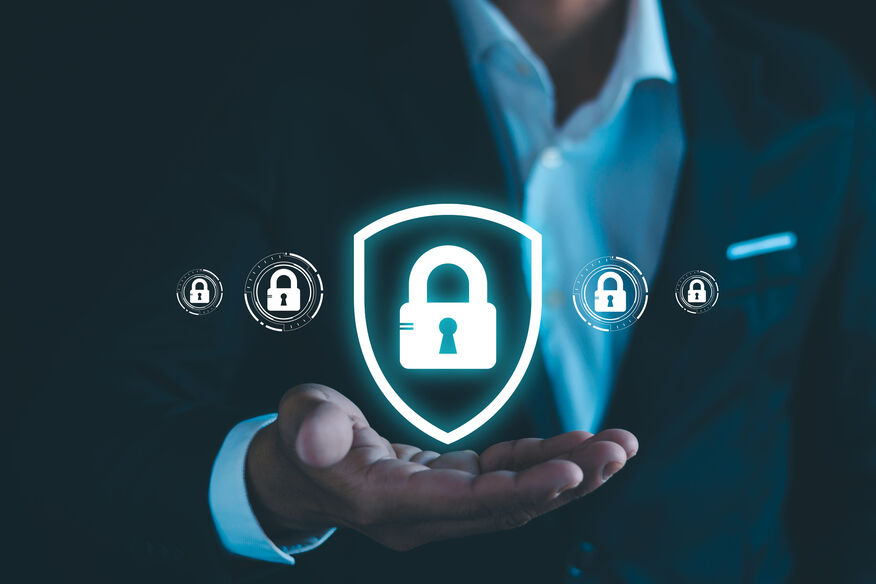
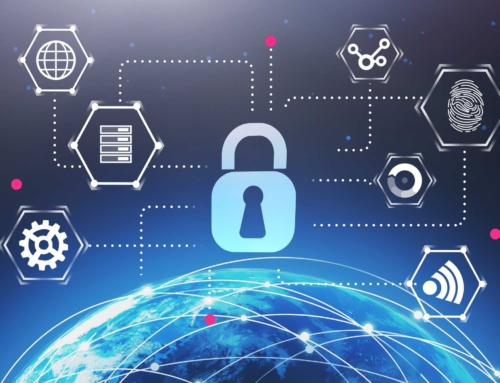
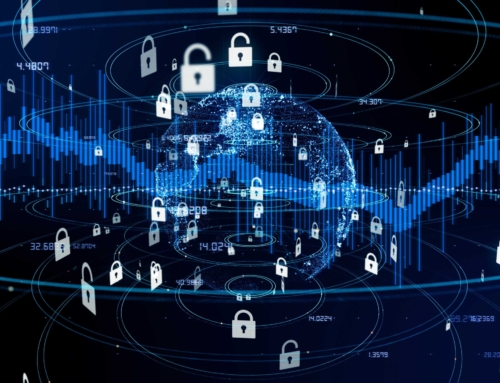
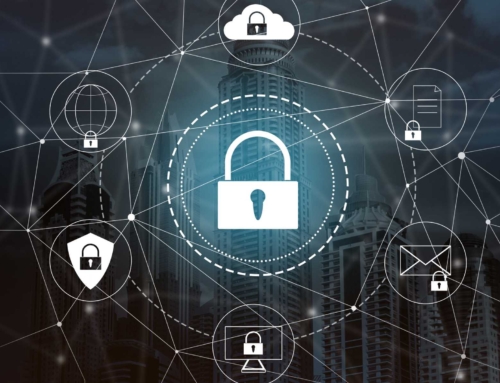
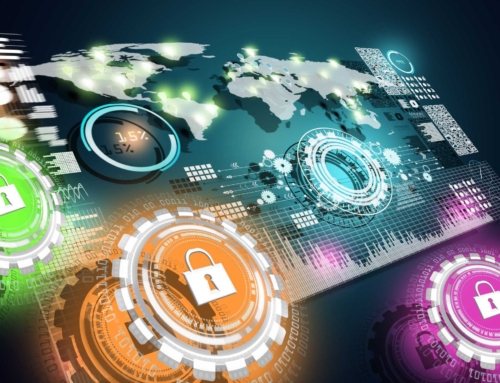


 Smoke testing is a term used to describe the testing process for servers after patches are applied.
Smoke testing is a term used to describe the testing process for servers after patches are applied.  This is a basic cost calculator for you to compute your typical monthly cost for patching your servers, PCs, laptops, tablets and associated application software. It also forms the basis for you to begin calculating your Return on Investment for software patching, or for comparison with alternatives to the manual process of patching operating systems and application software—such as Patch Management as a Service, also known as Vulnerability Management as a Service.
This is a basic cost calculator for you to compute your typical monthly cost for patching your servers, PCs, laptops, tablets and associated application software. It also forms the basis for you to begin calculating your Return on Investment for software patching, or for comparison with alternatives to the manual process of patching operating systems and application software—such as Patch Management as a Service, also known as Vulnerability Management as a Service.